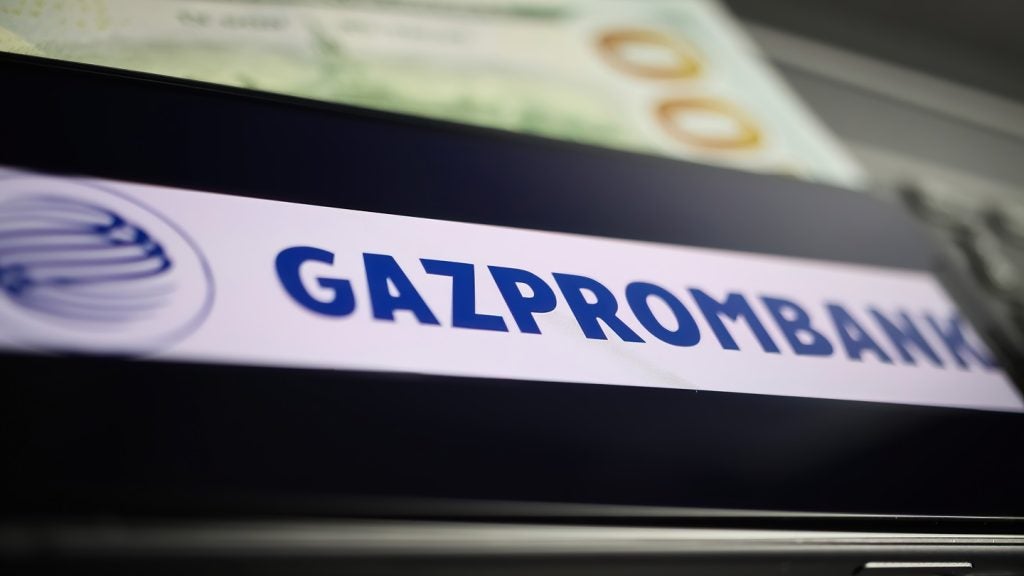A record annual loss for Citi of $18.71 billion and
confirmation it will split in two, coupled with rival Bank of
America’s (BofA) first quarterly loss since 1991 and news it needed
an emergency government bail-out, combined to herald a dismal if
widely forecast start to the New Year.
Even JPMorgan Chase, which had so far escaped the worst of the
economic crisis afflicting its rivals, posted disappointing results
for the fourth quarter and only managed to report any quarterly
profit at all because of exceptional items.
While the three major US banks – all of whom brought forward
their results – each posted dire group figures, retail earnings at
BofA and JPMorgan Chase were at least in the black, albeit down for
the year by 55 percent and 71 percent at $4.23 billion and $1.66
billion, respectively.
At Citi, however, the bank’s consumer banking and global cards
divisions combined to lose $3.55 billion for the year, compared to
net income of $2.15 billion in 2007. At group level, Citi’s fifth
successive quarter of losses ($8.92 billion for the fourth quarter)
contributed to the record full-year loss – down 617 percent on
2007.
With a further $28.3 billion of write-downs and credit losses,
its total credit losses over the past 15 months are more than $92
billion.
Release of the Citi results coincided with news it had bowed to
market pressure to split into two operating units, to be known as
Citicorp and Citi Holdings, or ‘good bank’ and ‘bad bank’
respectively, ending the widely criticised Citi supermarket
business model.
How well do you really know your competitors?
Access the most comprehensive Company Profiles on the market, powered by GlobalData. Save hours of research. Gain competitive edge.

Thank you!
Your download email will arrive shortly
Not ready to buy yet? Download a free sample
We are confident about the unique quality of our Company Profiles. However, we want you to make the most beneficial decision for your business, so we offer a free sample that you can download by submitting the below form
By GlobalDataFrom a retail perspective, Citicorp will include the bank’s
branded card business and consumer banking franchises in the US,
Asia, Latin America, Central and Eastern Europe, and the Middle
East. In total, the bank expects Citicorp to have assets of around
$1.1 trillion. The unit will also include Global Transaction
Services, a network in about 140 countries including the bank’s
corporate and investment bank, which will be re-focused with a
lower risk profile, as well as Citi’s private banking arm.
Retail assets within Citi Holdings will include the bank’s
CitiFinancial consumer finance arm and CitiMortgage in the US as
well as consumer finance operations in Western Europe, Japan,
India, Mexico, Brazil, Thailand and Hong Kong. Other assets will
include Nikko Cordial Securities and Nikko Asset Management in Asia
and Primerica Financial Services in the US. Citi Holding will have
assets of around $0.8 trillion.
A new wealth management giant
Release of Citi’s results followed news of the bank’s latest
capital raising exercise, having raised $45 billion in TARP funds
in the fourth quarter. It also announced it was splitting off its
profitable Smith Barney retail brokerage in a deal with rival
Morgan Stanley to form a wealth management joint venture with
20,000 advisers around the world and $1.74 trillion in client
assets.
The drama of Citi scrapping its 20-year-old business model was
almost matched by events at rival BofA. Amid widespread allegations
it overreached itself – not to mention questions being raised about
a lack of due diligence – with the hurried acquisition in September
last year of investment bank Merrill Lynch for around $24 billion,
Bank of America suffered the ignominy of only being able to close
the deal with the help of the US government.
The government had already injected $15 billion into Bank of
America and $10 billion into Merrill in the last quarter of 2008,
to bolster their balance sheets pre-merger. It was not enough,
however, and BofA CEO Kenneth Lewis told analysts in a call on 15
January: “Merrill Lynch experienced a fourth-quarter loss of $15.5
billion. That loss materialised late in the quarter in December and
presented us with a decision. We went to our regulators and told
them we would not, we could not, close the deal without their
assistance.”
Help came in the form of preferred shares paying a dividend of 8
percent, totaling $20 billion, plus a government guarantee on a
pool of toxic assets, with BofA absorbing the first $10 billion
loss on the assets, the Treasury and the FDIC the next $10 billion.
Losses beyond that will be borne 90 percent by the Fed. According
to Joe Price, BofA’s CFO, around 75 percent of the toxic assets
have been inherited from Merrill.
In the first two weeks of the year, BofA shares have fallen by
40 percent; the bank has announced job cuts of up to 35,000 and
cashed in part of its stake in China Construction Bank, raising
$2.8 billion (see Still early days in
the China story).
BofA’s government deal was however trumped by Citi. It disclosed
it had also agreed a loss-sharing deal with the government,
relating to a $301 billion pool of assets. Its deal with the
government states Citi is liable for the first $39.5 billion of
losses, with the government liable for the bulk of any balance.
More losses from Washington Mutual
At Chase, disappointing results for the quarter had been flagged
up in advance by CEO Jamie Dimon, who said the bank had taken a hit
in November and December from mortgage losses and rising loan
arrears. Of immediate concern to analysts was the disclosure that
Chase losses from the September acquisition of WaMu may be up to 17
percent higher than forecast. Chase’s provision for credit losses
of $3.6 billion was up from $2.5 billion a year ago, while its
allowance for loan losses to average loans retained was 4.71
percent for the fourth quarter, an increase from 1.93 percent a
year ago.









